01 Oct Teaching Philippine History in Its Proper Context to Benefit Kagay-anons
History for whom? For teachers? For intellectuals? For the government? Isn’t history supposed to be for the people? Isn’t that the reason why we study history in school? But what history are we learning? Is it truly the history of the whole Philippines or just the history of Luzon, or to be more specific, the history of the Tagalog Republic?
All Cagayanons will immediately recognize names like Jose Rizal, Andres Bonifacio, Emilio Aguinaldo, and Apolinario Mabini, though sad to say not many can really describe these names, plus the fact many don’t know that Mabini was stricken with polio and lost the use of his lower limbs. Or the fact that many can’t tell the difference between Antonio Luna (the general) and Juan Luna (the painter) or the fact that they’re both brothers.
Now, when we mention names like Agustin San Pedro, Nicolas Capistrano, Apolinar Velez, Vicente Roa, Wendell Fertig, Edward Haggerty, and Fidencio Laplap, this gets the vast majority of Cagayanons stumped. They might point to some names as streets, but that’s about it. How sad that the history we learn in school extols many names from Luzon as heroes (with a few traitors thrown in as heroes) while completely ignoring the real exploits of Cagayan de Oro’s heroes and prime movers.
Schools Teach History for Its Own Sake
This method of teaching attempts to study history without making connections to the present and without really understanding why those past events happened. Many teachers and historians defend this method because, according to them, “the past must be studied only as it happened.” Dissecting the “why’s” will be disrespecting what actually took place. Dates, places, and facts are greatly emphasized. In reality, the weakness of this teaching method is in sticking to the facts alone. Facts are taken as facts and never analyzed.
Thus, dates, places, and facts are relegated to being memorized, never dissected. Many call this the textbook-centered-method and this is the method that breeds the hatred for the history subject at school. The learning is limited to only the scope of facts, and the relevance of facts is likened to just collecting facts, much like we would collect DVD’s or books. While this method does have its few merits, it still doesn’t address the fact that the teaching of “Philippine history for its own sake” still centers on historical events and timelines only in Luzon while local history is completely ignored.
For instance, while many Filipinos may be familiar with Rizal as a doctor, Bonifacio as a revolutionary father, Aguinaldo as first president, and Luna as a general (the older Luna is the painter), Cagayanons don’t know the ranks or positions of Capistrano, Velez, and Roa (general, colonel, and captain respectively, with Velez eventually becoming a governor).
Understanding the Past in the Light of the Present
This method attempts to understand and analyze history while still respecting the facts. This method makes history relevant to everyone since history is analyzed on how it has affected what is happening in the present. While this method of teaching is much more effective than the former, it still suffers from the fact that it doesn’t address the teaching of the real history of the whole country, and not just concentrated in Luzon. This method is also shunned by many teachers and historians because of the controversies it opens up; but then again, isn’t that how history should be taught? If history needs to open up a can of worms, so be it, all in the name of historical truth.
But then, again, while it is good historical truth to know that Jose Rizal should not be a national hero, Aguinaldo and Laurel are simply traitors, Antonio Luna and Andres Bonifacio were assassinated for political convenience, and Limasawa was declared as the location of the “First Mass” only to serve as a “gift” for Imelda Marcos, it still doesn’t address the historical facts and persons and the historical truths that transpired in and around Cagayan de Oro.
Falling into Historical Misconceptions and Mistruths
Not only does the present teaching of history focus only on Luzon, but the almost complete lack of analytical dissection opens up Philippine history to accepted misconceptions and stereotypes that echoes into the local histories as well. For instance, many teachers still begin teaching Philippine history with the arrival of the Spaniards, completely ignoring the fact that many organized civilizations already existed in the country centuries before the country was discovered by any westerner.
Case in point, the civilized settlements that dotted the Himologan area along the Cagayan River has been dated to around the late Neolithic period, hundreds of centuries even before the first foreigner ever spotted the country. Another example of manipulating history for political convenience is the declaration of Limasawa as the site of the first mass held by Magellan’s Spanish expedition in the Philippines without any real evidence or facts to back it up.
In fact, when studying actual historical records and circumstantial evidences like geographical descriptions, Butuan and Camiguin Island actually come out as more viable locations in contrast to Limasawa. This not only deprives Mindanao of an actual historical event and location that sheds light to the organized civilizations that already existed in that island, but it also shows the ineptitude of even the government to correct this historical mistruth.
What Can Be Done?
Teaching historical mistruths and ignoring local histories such as those of Cagayan de Oro is doing a disservice to Filipinos. We think it immoral when wrong grammar or a wrong math formula is taught, yet the government does nothing to change historical mistruths nor do schools do anything to improve the curriculum of history subjects. It isn’t that hard to teach Cagayan de Oro history alongside Philippine history; all it takes is to be aware of similar timelines.
After all, it isn’t that hard to teach that after General Antonio Luna was assassinated in Luzon, a hundred kilometers away in Cagayan de Misamis, the general’s death was a morale blow to local revolutionary leaders that eventually influenced them to surrender to the Americans. Imagine history if Luna had remained alive; Capistrano and Velez could’ve chased the Americans out of Cagayan.

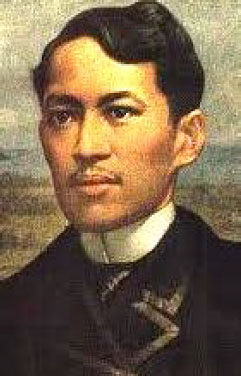
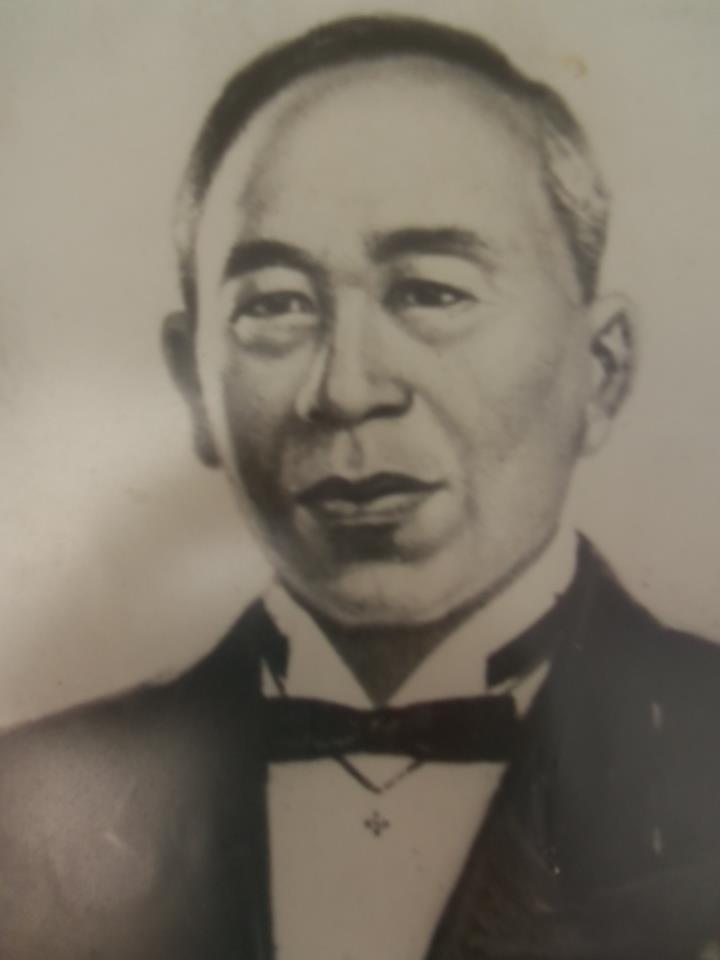
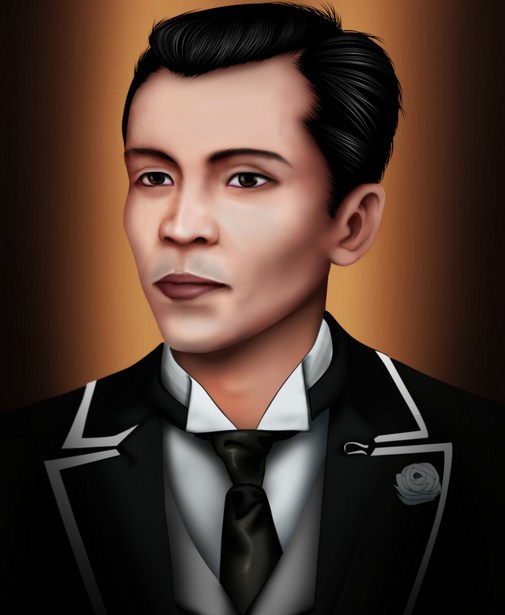
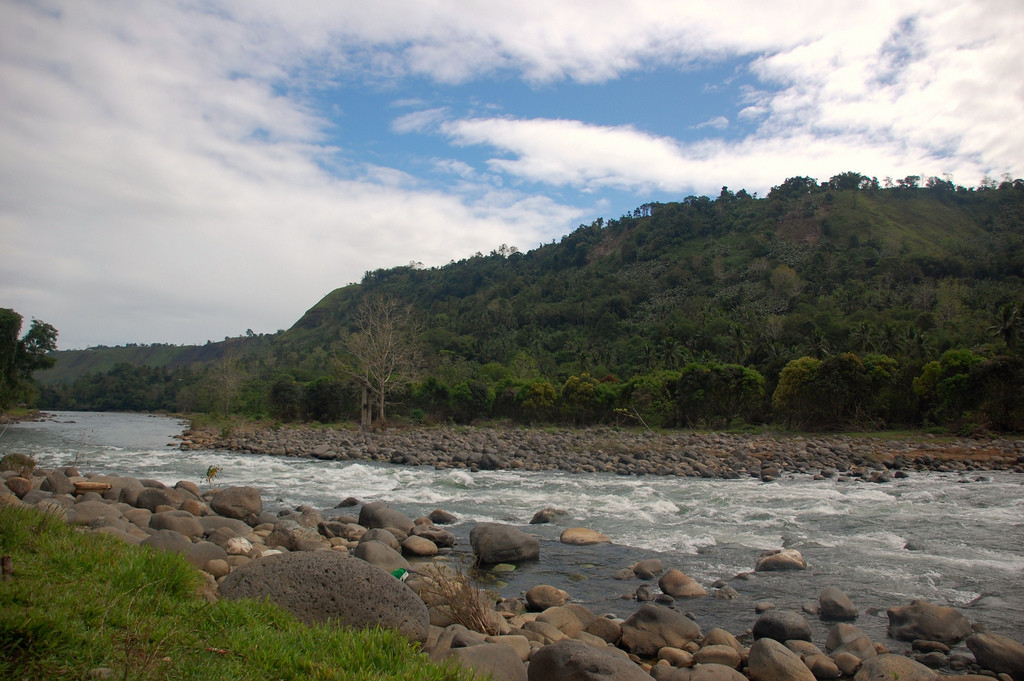

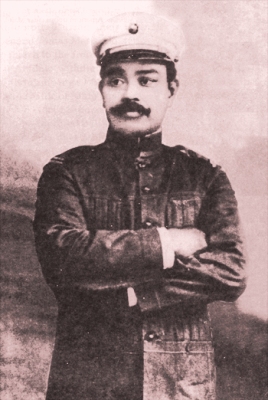

Ania S.
Posted at 09:46h, 01 OctoberI’ve been having the same sentiments last night. Thank you for bringing this up. It would also be greater if not only the history of CDO would be included in the curriculum of history subject (at least for the Kagay-anons) but also the history of the other parts of Mindanao as well. 🙂